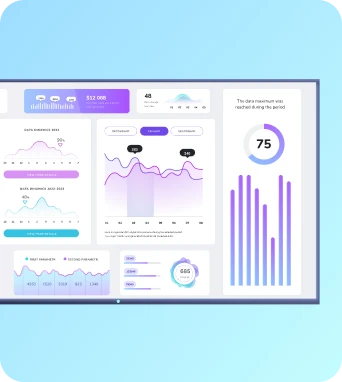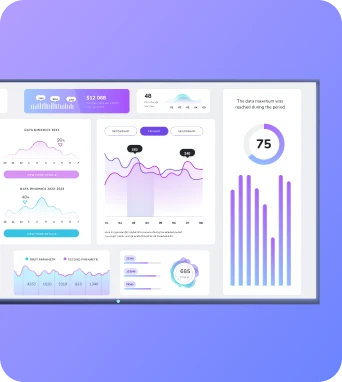Digital Signage Wiki/Bandwidth allocation tools
2 min read
Oct 23, 2025
Bandwidth allocation tools
Software or appliances that monitor, prioritize, and control network bandwidth to ensure efficient, predictable performance for users and applications.
Bandwidth Allocation Tools
Bandwidth allocation tools let administrators control how network capacity is distributed among users, devices, and applications. By applying policies such as prioritization, shaping, and throttling, these tools reduce congestion, improve critical app performance, and deliver consistent user experience. They’re used across enterprise, ISP, cloud, and home environments where predictable network behavior matters.
How bandwidth allocation tools work
They inspect traffic flows and apply policies (QoS, rate limiting, shaping) to assign bandwidth or priority levels. Core techniques include traffic classification (by IP, port, protocol, or application), queue management to prioritize packets, policing to enforce limits, and shaping to smooth bursts. Many tools provide real-time monitoring, usage reporting, and automated policy enforcement to adapt to changing network conditions.
Common use cases
- Prioritizing latency-sensitive services like VoIP, video conferencing, and gaming.
- Enforcing fair-share bandwidth among tenants in multitenant environments or subscribers for ISPs.
- Throttling background updates and noncritical traffic to preserve capacity for business-critical apps.
- Ensuring SLA compliance and optimizing cloud application performance across WAN links.
Choosing the right tool
Evaluate tools by scale (users and links), visibility (real-time analytics), policy flexibility, automation capabilities, integration with existing infrastructure, and cost; start with a free trial or proof of concept to validate fit.



